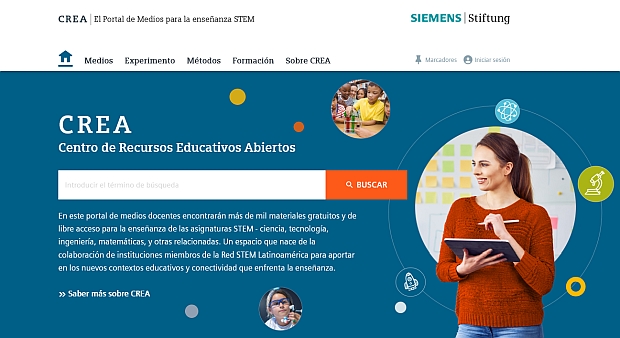Sound from a bottle as basic principle
Bild
Photo:
An air column which vibrates having been stimulated by blowing is the most basic principle of sound production which any child can try out.
Verfügbar in:
Englisch, Deutsch
Medientyp:
Bild (124,1 kByte)
Letzte Aktualisierung:
22.04.2018
Lizenz:

Dieses Medium steht unter einer CC BY-SA 4.0 international Lizenz.
Was bedeutet das?
So verweisen Sie auf das Medium

Dieses Medium steht unter einer CC BY-SA 4.0 international Lizenz.
Was bedeutet das?
So verweisen Sie auf das Medium
Beschreibung:
Sound is defined as the mechanical vibration of material which lies in the audible frequency range of human beings. As the perception of sound always occurs via the air (except in special medical cases), "sound from a bottle" is in a way the most basic principle of sound production:
Blowing into the opening of a bottle causes pressure vibrations which excite the air column in the bottle, causing it to vibrate. These vibrations then propagate in the form of sound waves through the air and are thus directly perceived.
Information and ideas:
In the standard experiments involving solid body vibrations with elastic bands etc, the vibrations are first transmitted to the molecules in the air and are thus, so to speak, only indirectly audible. In the bottle experiment, sound production and propagation occur in the same medium. As transmission through the air is indispensable for the human sense of hearing, it is sensible from a pedagogical standpoint, to begin with vibrating air as a source of sound.
Extensions to the experiment:
- Fill a test tube with little polystyrene balls
and then blow over the opening.
The students can then observe, that
the polystyrene balls move.
- Fill bottle with water: How does the tone change at different water levels?
Relevant for teaching:
Sound/acoustics: parameters
Acoustic phenomena
Blowing into the opening of a bottle causes pressure vibrations which excite the air column in the bottle, causing it to vibrate. These vibrations then propagate in the form of sound waves through the air and are thus directly perceived.
Information and ideas:
In the standard experiments involving solid body vibrations with elastic bands etc, the vibrations are first transmitted to the molecules in the air and are thus, so to speak, only indirectly audible. In the bottle experiment, sound production and propagation occur in the same medium. As transmission through the air is indispensable for the human sense of hearing, it is sensible from a pedagogical standpoint, to begin with vibrating air as a source of sound.
Extensions to the experiment:
- Fill a test tube with little polystyrene balls
and then blow over the opening.
The students can then observe, that
the polystyrene balls move.
- Fill bottle with water: How does the tone change at different water levels?
Relevant for teaching:
Sound/acoustics: parameters
Acoustic phenomena
Lernobjekttyp:
Example
Fächer:
Personal, social and health education (PSHE); Physics; Technology
Klassenstufen:
Grade 1 to 4; Grade 5 to 6; Grade 7 to 9; Grade 10 to 13
Schultypen:
Elementary school; Middle/high school; Vocational training
Stichworte:
Sound; Resonance (physical process); Sound (basic phenomenon); Sound production
Bibliographie:
Siemens Stiftung Media Portal
Urheber/Produzent:
MediaHouse GmbH
Rechteinhaber:
© Siemens Stiftung 2018



